
PROVENT Trial: AZD7442 as Long-Acting Pre-Exposure Prophylaxis Protects Against Symptomatic COVID-19
In the primary efficacy analysis, the risk of developing symptomatic COVID 19 was reduced by 77% with AZD7442.

In the primary efficacy analysis, the risk of developing symptomatic COVID 19 was reduced by 77% with AZD7442.
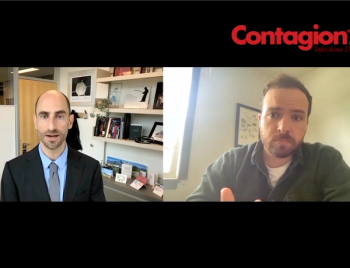
The study author of the late-breaking IDWeek findings discusses what the new data mean for using the antiviral to reduce COVID-19 burden.

A survey found most healthcare professionals would clear an asymptomatic patient with a positive PCR test if the patient met other criteria.
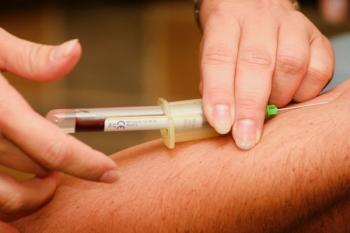
In a study looking at one urban South Florida hospital, the pandemic negatively impacted testing.

A study found disproportionately higher COVID-19 cases in Black and Hispanic people with HIV across the US.
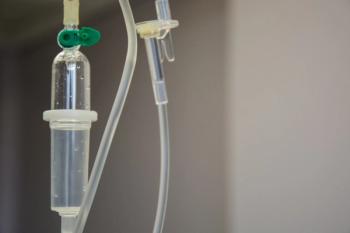
A study’s findings support the use of the therapy earlier in the course of COVID-19 in hospitalized patients.
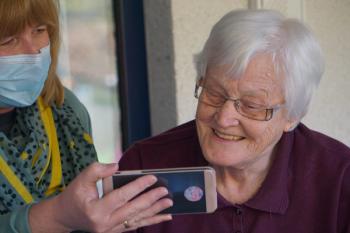
Orange County, CA nursing homes that partook in either universal decolonization or prevention training had significantly fewer staff and resident COVID-19 cases than nursing homes that did not.
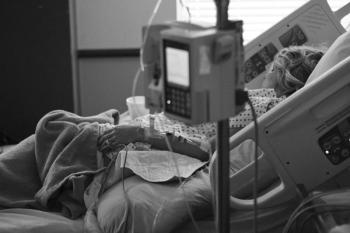
During the pandemic, hospitalists prescribing patterns changed, reflecting new data, clinical experience, and the introduction of new therapies.

Investigators saw vastly higher rates of hospitalization and mortality for rural populations over urban even after adjusting the results for various factors.

The Infectious Diseases Society of America’s (IDSA) 2017 guideline saw an increase in using vancomycin as a first line therapy for Clostridioides difficile (CDI).

Rates of Sexually Transmitted Infections (STIs) and engagement in HIV pre-exposure prophylaxis during the COVID-19 pandemic were previously unknown, but one IDWeek study examined these data trends over the past few years.
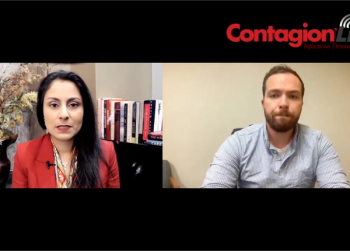
An expert explains the science of vaccine- and infection-induced immunity, and how it informs the timeline of COVID-19 outbreaks this year.
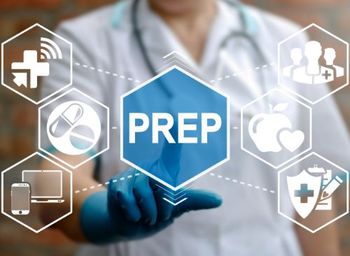
Pre-exposure prophylaxis (PrEP) is safe and effective for preventing HIV when used correctly, but this information is not as well-known as it should be, new study finds.
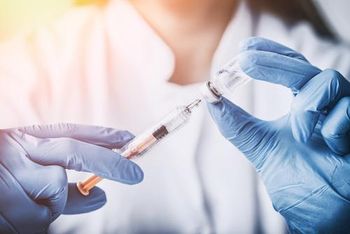
A team from a tertiary center in the Middle East used a multidisciplinary approach to increase immunization.
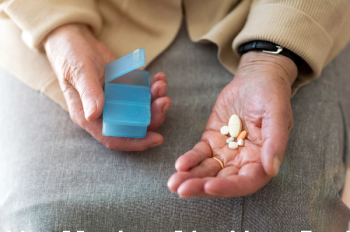
In research presented virtually at IDWeek 2021, investigators with the Centers for Disease Control and Prevention (CDC) conducted a review of nursing home antibiotic stewardship citation deficiencies in order to improve implementation.

In newly hospitalized hypoxic patients with COVID-19, the monoclonal antibody significantly improved survival without invasive mechanical ventilation compared with placebo and available treatments, according to phase 3 trial results.

Ferring is presenting data from five studies at this week’s IDWeek about its investigational biotherapeutic, RBX2660, being studied for this problematic bacterium.
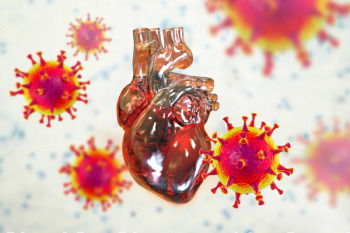
“Compared to the pre-COVID period, the odds ratio for CVD encounters was nearly doubled in each post-COVID period from 31 to 90 days post onset,” Brian Agan, MD, deputy science director and HIV research director of the Infectious Disease Clinical Research Program at USU/HJF and presenting author, told Contagion®.
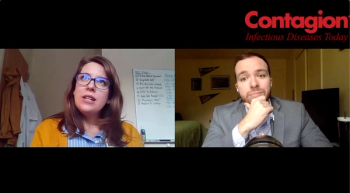
We asked a simple question to our IDWeek experts: has COVID-19 taken attention away from any greater infectious disease issues?

Why it may be more prudent for prescribing clinicians to assume viral, rather than bacterial, infection while awaiting test results in presenting pediatric cases.
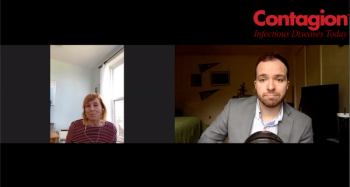
The presenting IDWeek author discusses the implication of promising phase 3 data for a new HBV vaccine.

New data may evidence oral care as a therapeutic measure to reduce bacterial and viral spread.

The hospital found just 2 cases in their first 12 weeks were borne in the facility. A study author provides insight.
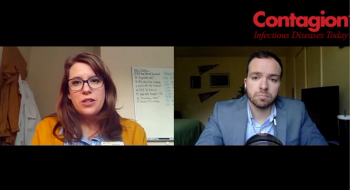
A cross-specialty collaboration to mitigate inpatient cases of opioid use disorder has had early success; developers want to grow it.

An investigator shares detail into how the neutralizing, immune-signaling molecule may provide continued success against the virus.

Ravina Kullar, PharmD, MPH, reflects on rapid advances in COVID-19 treatment understanding during IDWeek 2020.
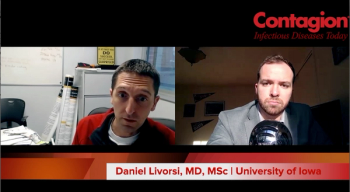
New data suggest collaboration between hospital prescribers and stewardship teams is still not perfected.
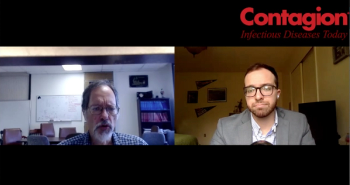
New data show the pandemic, and a lack of efficacious therapies, did harm to 4 years' worth of stewardship.

Investigators wanted to examine spontaneously reported adverse events and whether they were cause for concern.
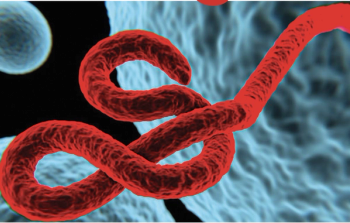
Here is a look at the patterns within the variety of symptoms and presentations during physician exams.